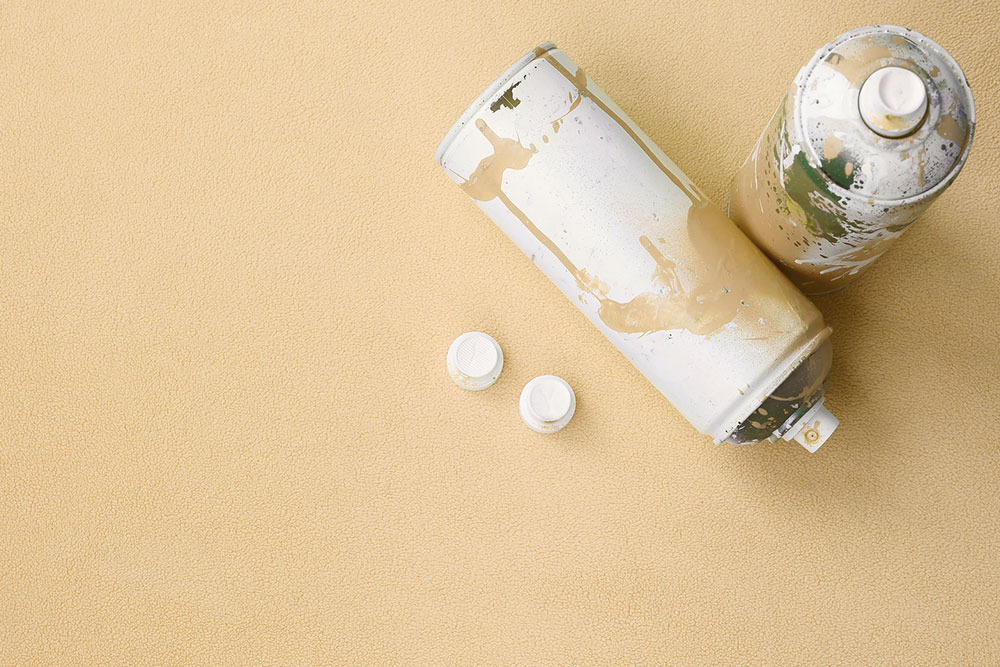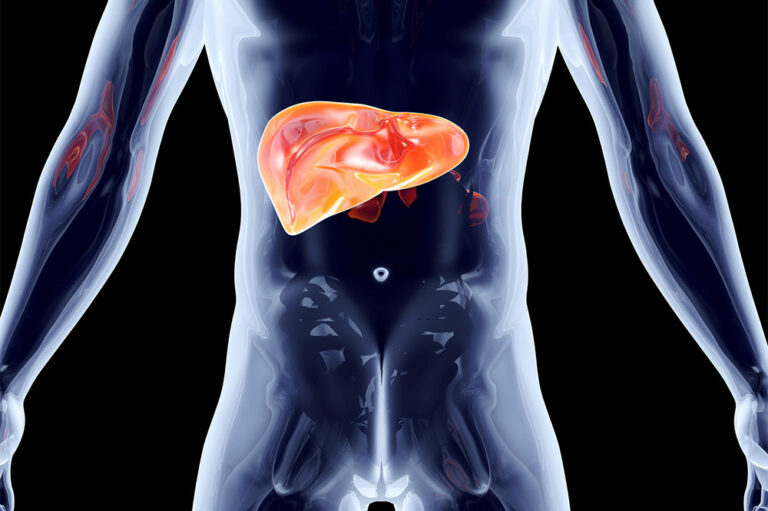
9 household items that may harm lungs and cause COPD
Chronic Obstructive Pulmonary Disease (COPD) is a prevalent respiratory condition that poses a significant health challenge worldwide. While various factors are known to increase the risk of COPD, including individual habits and environmental influences, it’s crucial to acknowledge that the substances one encounters within one’s home can also aggravate the condition. Here is a list of household items and environmental factors that could harm lung health and contribute to COPD.
Air fresheners
Many air fresheners have volatile organic compounds (VOCs) that can irritate the respiratory system, potentially contributing to lung problems with prolonged exposure. One can consider natural, fragrance-free alternatives like potpourri or essential oil diffusers.
Bleach
Bleach is a powerful disinfectant commonly used for cleaning and disinfecting surfaces. When mixed with other household cleaners or used in poorly ventilated areas, bleach can release chlorine gas, irritating the respiratory system and posing a risk to lung health. One can instead use vinegar-based cleaning solutions for a safer option or check out non-toxic, eco-friendly alternatives in the market.
Oven cleaners
Oven cleaners, designed to tackle tough grease and food stains, often contain harsh chemicals like sodium hydroxide or lye. Inhaling the fumes released during oven cleaning can irritate the respiratory system, potentially leading to coughing, wheezing, and shortness of breath. Prolonged exposure may contribute to chronic respiratory problems and lung damage. One can instead opt for baking soda and vinegar or other eco-friendly oven cleaners in the market for a less toxic choice.
Paints and solvents
Paints, varnishes, and solvents often contain VOCs, which can be harmful when inhaled. Proper ventilation is crucial when working with these products. Selecting low-VOC or water-based paint and solvents for reduced respiratory risk is advisable.
Carpets
Carpets can harbor dust mites, mold, and other allergens. Inhaling these allergens can trigger allergic reactions and exacerbate respiratory issues. To avoid this, one can regularly clean carpets or use hardwood or tile flooring to minimize allergen buildup.
Cleaning products
Certain cleaning products contain harsh chemicals like ammonia, bleach, and aerosol propellants. Inhaling these fumes can irritate the airways and possibly damage lung tissue over time. One should instead choose eco-friendly, non-toxic cleaning products, cleaning wipes, or DIY cleaning solutions with vinegar that do not affect the lungs.
Aerosol sprays
Products like hairspray, deodorants, and spray-on cleaners release fine particles and VOCs into the air, which can be harmful when inhaled. Individuals can avoid this by using pump-style hair products, hair gels, shaving creams, or coconut oil.
Candles and incense
Burning candles and incense can release soot and other particulate matter into the air, harming lung health, especially in poorly ventilated spaces. Homemade beeswax or soy candles can be a natural, non-toxic incense option.
Wood dust and wood-burning smoke
Sanding or cutting wood generates fine wood dust particles, which, when inhaled, can irritate the airways and potentially lead to respiratory issues. The smoke emitted from burning wood can also contain particulate matter and other pollutants that irritate the lungs, potentially leading to COPD with long-term exposure. The best way to safeguard oneself from this is to use dust collection systems and wear a dust mask and other safety gear when working with wood.












